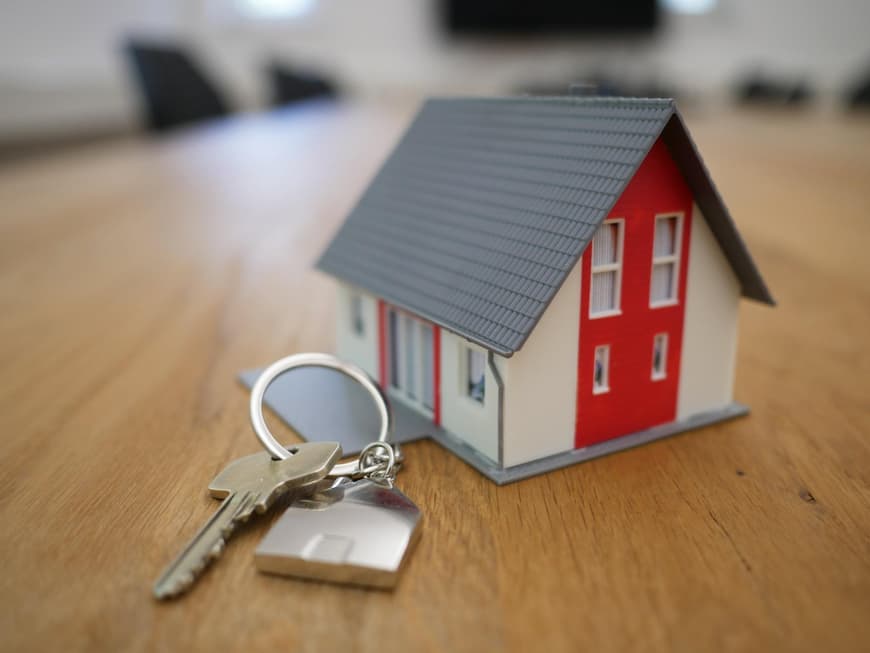
Managing properties without a lot of paperwork
In general, bureaucratic administrative tasks can be an obscure challenge for landlords to master. After all, preparing the annual service charge statement, tracking payments and processing documents in accordance with legal guidelines is not easy for beginners. For this reason, digital tools should be used to ensure a smooth process.
For example, the landlord software from objego.de is a reliable solution for keeping an overview. This is because such programs can automatically calculate all fees incurred or use templates that comply with legal requirements. This means that all documents are stored in accordance with the law and are ready for later tax returns.
Calculate reasonable rents
In addition to the administrative tasks, the rental price must be determined before renting out an apartment. You should therefore get an overview of the current rental market and check the local rent index. At the same time, you can look at other properties with similar furnishings in comparable locations to get a rough price estimate.
Accordingly, all habitable rooms as well as partial areas such as balconies, terraces and cellars should be taken into account when calculating the basic rent. This does not include ancillary costs such as heating, water and electricity, which can be charged separately. Depending on the size of the property, you should also factor in the communal costs incurred and pass these on to the tenant.
Don't forget to insure your property!
In order to have adequate protection against potential risks, you should also insure the property. A combination of a cash deposit and a rental deposit guarantee can provide the ultimate security so that you are protected against possible damage. In general, you should deposit the money in a designated account that is separate from your personal assets. This makes the deposit easily accessible in the event of damage or unpaid rent.
On the other hand, the rental deposit guarantee provides additional security and is a cashless alternative for tenants who do not wish to deposit large amounts. The tenant deposits a surety bond with the landlord, where a guarantor (like a bank) is appointed to cover possible damages or rent defaults.
Found a tenant? - Draw up a tenancy agreement
Accordingly, the deposit and the exact amount should be recorded in the tenancy agreement. Of course, the contract also contains further information about the parties involved, including their full names, date of birth and previous address. It should also contain details of the exact address and location of the rental property and the amount of rent to be paid each month. The tenancy agreement may also contain additional information on rented rooms such as the cellar, attic, garden or garage.
It should also state when the tenancy begins and how long it will last. Furthermore, agreements about pets in the apartment, upcoming rent increases and subletting can be made here. For the document to be legally valid, both tenant and landlord must sign the contract.
Carrying out and recording the handover of the apartment
Finally, when handing over a rented apartment, it is important to document all details of the apartment in a handover protocol. This should record any existing damage and its cause as well as the condition of furniture, carpets or walls. In addition to recording the meter readings, it is also important to note any defects in electrical appliances and technical systems. Photos and videos can be taken during the inspection to provide a clear record in the event of a dispute between tenant and landlord.
At the same time, it can be clarified who is responsible for repairs during the rental period and what services are included. Finally, all keys should be handed over so that there are no misunderstandings about access rights between the two parties.

